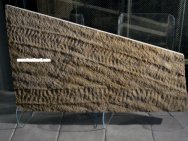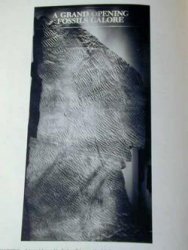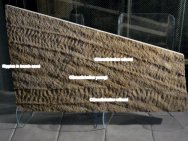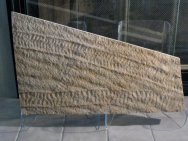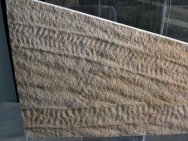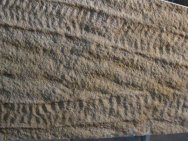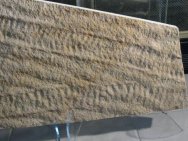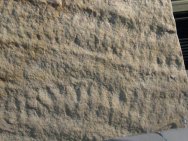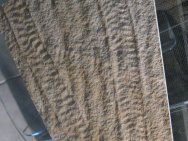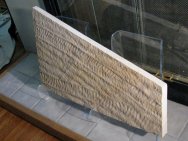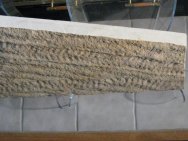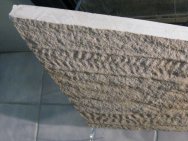Climactichnites wilsoni and Climactichnites youngi Trace Fossil (Ichnofossil)
Geological Time: Upper Cambrian
Size (25.4 mm = 1 inch): Fossil is 30 inches wide by 18.5 inches on one end, and 10 inches on the other, and some 1.5 inches thick. Shipping weight is about 70 pounds, the maximum allowable without pallet and freighting
Fossil Site: Krukowski Quarry, Mount Simon Sandstone Outlier, Mosinee,Wisconsin
Fossil Code: DD702
Price: Sold
|
The
depositional environment in this quarry varies from very shallow
Climachtichnites
has been described as looking like the track of a motorcycle
that
drove across rippled sand. The ripples in the sandstone confirm
that the layer is a bedding plane that was once a Cambrian intertidal
zone. If Climachnichnites is a trackway, the traverse ridges can
be viewed as made by muscular undulation as the animal motivated
through the sand above the water. Also note the ridges on the margins
on the tracks, the same as the ridges that build on either side
of blade of a bulldoser. One theory of This particular specimen is one of the largest Climactichnites fossils to become available from the Krukowski quarry, where collecting is no longer permitted. There are two straight Climactichnites wilsoni trackways converging from one end to the other. They overlay and diagonally cross a Climactichnites youngi trackway. It took several hours with a gas-powered, diamond blade saw to cut this fossil down to its current size, and that does not include what it took to originally cut it out of the quarry floor. |
